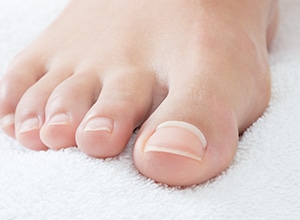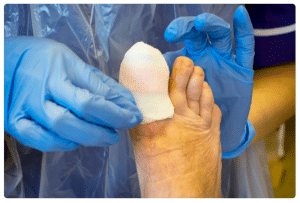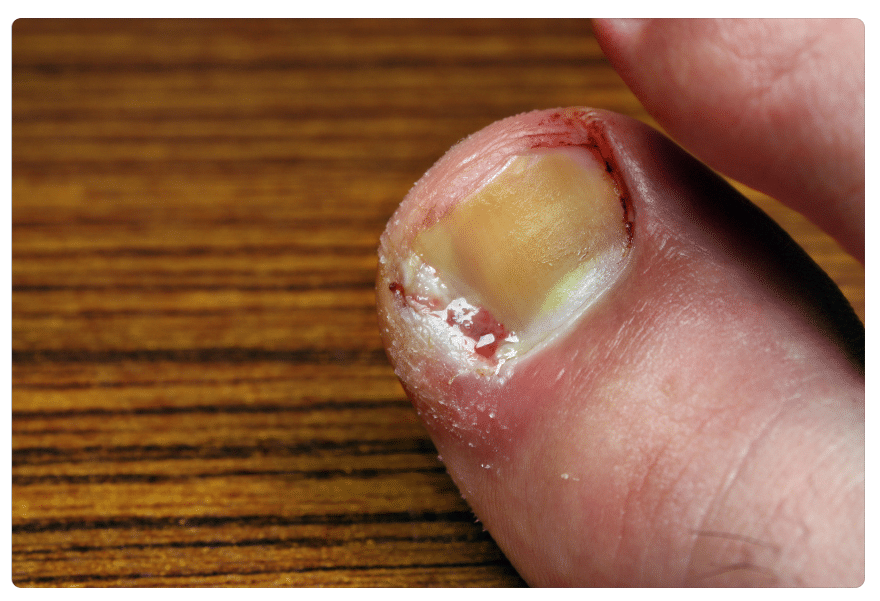The Ultimate Ingrown Toenail Survival Guide!
Ingrown toenails can be a real pain, literally! They happen when the edges or corners of the nail grow into the skin around it, causing all sorts of discomfort like pain, swelling, and even infection.
So, how do you know if you have an ingrown toenail? Well, here are some signs to look out for:
- You’ll feel pain and tenderness along the sides of the affected toenail.
- There might be some redness and swelling around the nail.
- In more severe cases, you might notice inflammation and signs of infection like pus, drainage, or an unpleasant odor.
- Walking or wearing shoes can become quite a challenge due to the pain.
Now, let’s talk about managing and treating ingrown toenails. If it’s not too serious, you can try some conservative measures at home:
- Soak your foot in warm water mixed with salt a few times a day. This can help reduce inflammation and tenderness.
- Apply some liquid Betadine on the affected area and cover it with a sterile bandage to prevent any potential infections.
- Try to avoid wearing tight or ill-fitting shoes that put pressure on the toe.
- BUT don’t start poking around the edge of the nail as this will invariably make it worse
But here’s the deal: if these home remedies don’t bring relief or if your condition worsens, it’s time to seek professional help from a podiatrist. They’re experts in foot care and can provide the care you need.
A podiatrist might:
- Decide to trim the ingrown nail, getting rid of the part that’s causing all the trouble.

- They might apply a painless nail brace to alter the nail growth & help relieve the ingrown nail. Click HERE for further information.
- In more severe or recurrent cases, they may perform whats called a partial nail avulsion, which involves removing a portion of the nail and sometimes using a chemical on the nail bed to prevent regrowth. And in really severe situations, they might suggest a complete nail avulsion, where the entire nail is permanently removed using a chemical called phenol. Click HERE for further information on nail surgery.

And before you FREAK out, the majority of the time surgery is not required especially if the problem is seen to early.
Prevention is always better than cure, right? So, to avoid ingrown toenails in the future, keep these tips in mind:
- Always follow the natural curvature of your nails when cutting them and avoid cutting down the sides.
- Wear shoes that provide enough space in the toe box to avoid putting pressure on your nails.
- Keep your feet clean and dry as part of good foot hygiene.
- If you have nails that naturally curve or if you’ve had ingrown toenails in the past, regular visits to a podiatrist can help prevent future occurrences.
Remember, if you’re experiencing severe pain, signs of infection, or you’re dealing with chronic ingrown toenails, it’s crucial to seek professional care from one of our podiatrists. They’ll be able to evaluate your situation properly and provide the right treatment for you.
Take care of your feet, and don’t hesitate to reach out if you have any further questions!
